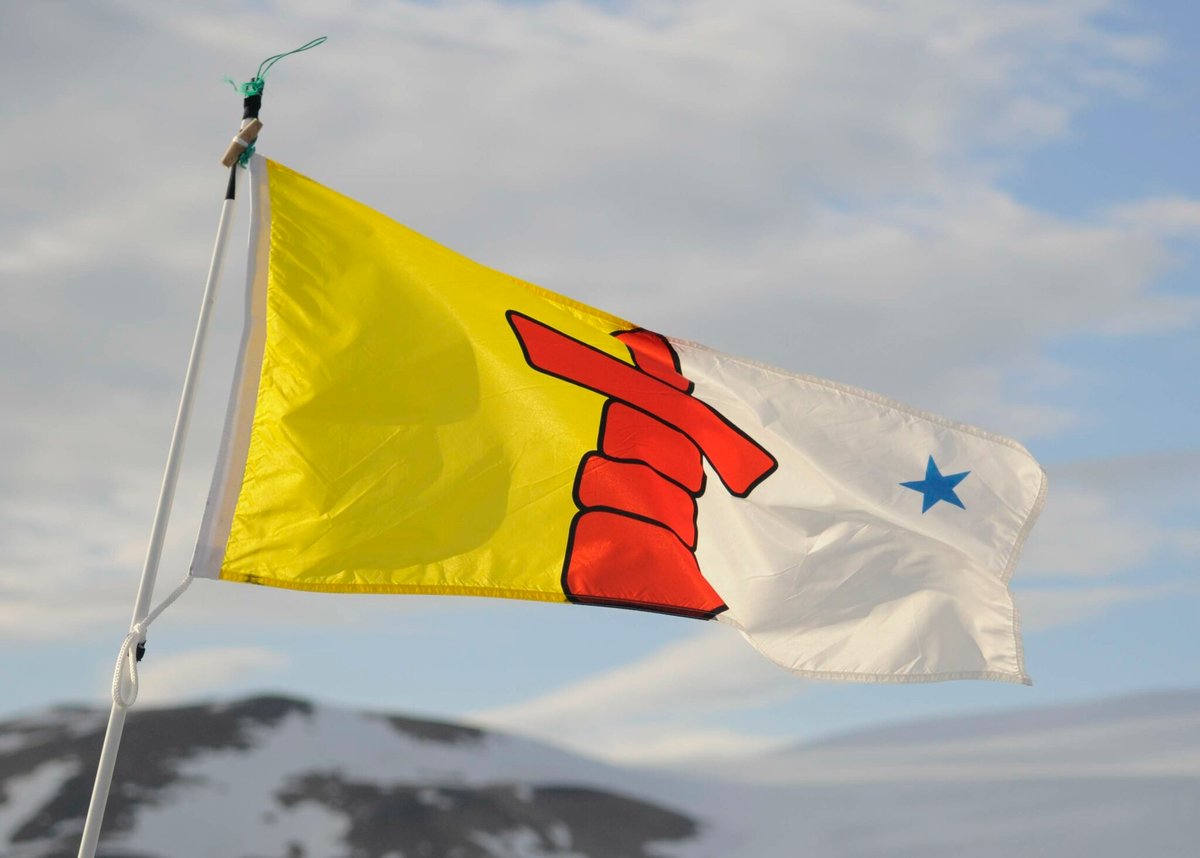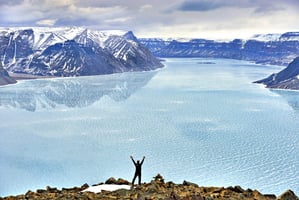How do you make the world’s largest carnivore seem small? You find a place where dark granite...
Did you know, most people call the wrong stone sculpture an “inukshuk”? The human-shaped sculptures actually have a different name!
In Canada, we see these structures on highways and at ski resorts. They became prominent during the Vancouver Olympics and you see them in major airports. But these sculptures are actually called an “inunnguaq,” which is similar to an inukshuk.
Are you wondering what the difference is? The inukshuk does have a very special place in Inuit culture, yet many people still wonder what they mean or how they are used.
Join us as we explore the meaning behind an inukshuk and its differences from an inunnguaq.
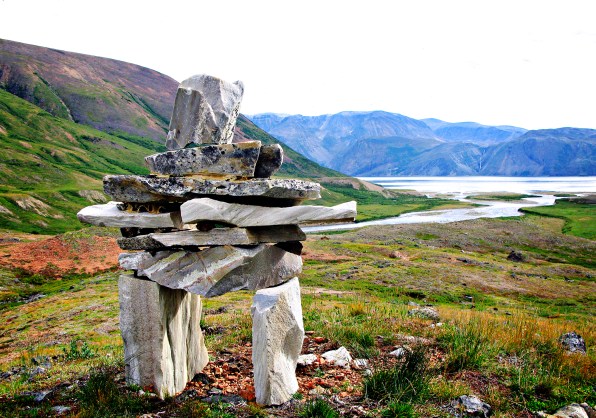
Inukshuk Vs. Inunnguaq
Let us settle something right away. Often what we consider an ‘inukshuk’ is actually called an inunnguaq.
An inunnguaq (ᐃᓄᙳᐊᖅ), meaning “imitation of a person,” is a stone sculpture that is shaped to look like a body or person and has spiritual meaning with practices related to it.
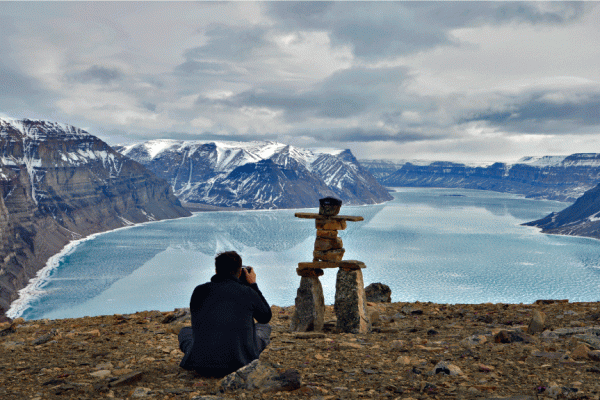
An inukshuk (ᐃᓄᒃᓱᒃ), meaning “that which acts in the capacity of a human,” is more of a general vertical mound of rocks that stand as a directional guide or landmark on a hillside to follow.
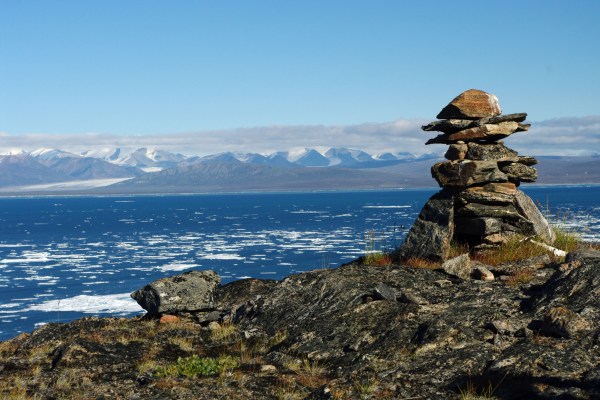
How Inukshuks Are Employed
The word inukshuk comes from two base words in Inuktitut, inuk referring to a person, and suk, which means a substitute. A perfect description for their use in the Arctic. Let us explore how they are applied in the Arctic.
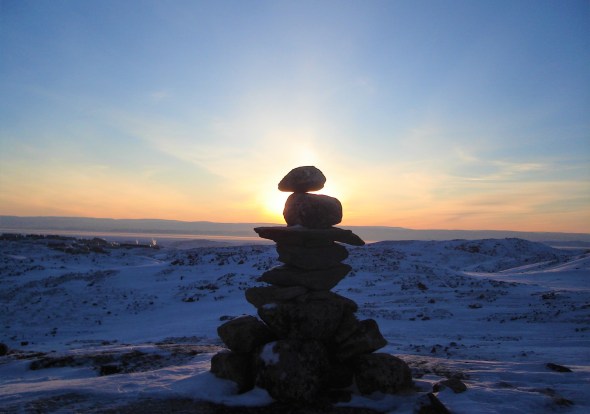
On a vast tundra or a landscape above the tree line, it can be hard to leave signs or markers. While trees are lacking, stones are not, and when you pile them tall enough, they are easy to pick out on the horizon. These figures often would have an instruction or indicate a place of importance.
Instead of road signs, an inukshuk may have one side pointing towards a certain direction. You can see an example of this directional guiding with examples like The Hammer of Thor in Ungava. You’ll notice the narrow side seems to be pointing towards a direction; the way a person or guide would point the way.
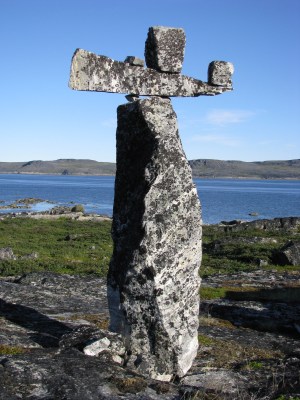
One of the most exciting uses is to herd caribou to help Inuit hunt. By creating a wall of inuksuit (plural for inukshuk), this will guide the caribou towards a cliff or a valley where they’re easier to harvest. A successful technique for the small hunting groups the Inuit often travel in, this is also one of the oldest techniques in history that humans have used against fast herd animals.
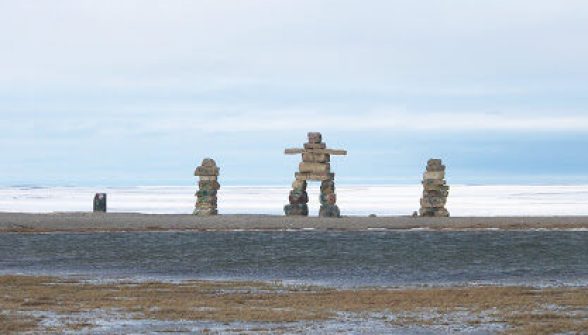
Another use is as a cairn or a cache. These are a pyramid-like pile of rocks that contain written notes or to store food away from predators. The Arctic has little shelter from the wind, and this is sometimes the best way to store precious goods or information. For example, sometimes people use them like a mailbox where friends and family can store gifts or notes between communities.
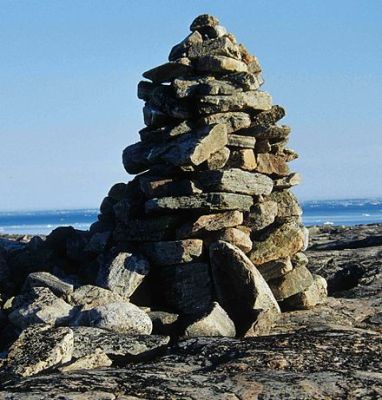
Nunavut’s Flag
Now that we’re more familiar with the differences, can you tell whether the Nunavut Flag has an inukshuk or an inunnguaq?
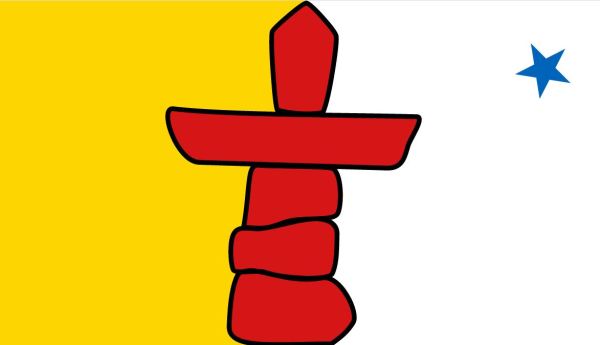
It is an inukshuk, as you can tell from the guiding arms pointing firmly towards a direction and doesn’t have the two legs you see with inunnguaq. You may notice that it looks more like a signpost than a person.
While an inunnguaq does play a significant role within Inuit culture, it is more of a ceremonial role representing the spirits and often marks a sacred location.
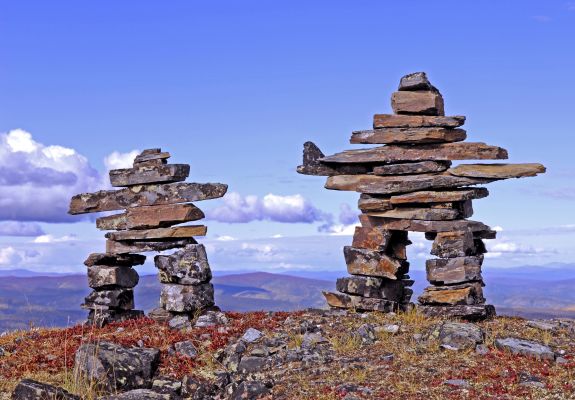
You can find inuksuit all across the Arctic. They are still used today to guide hunters toward animal migratory routes or family travelling to the next community over to visit. They take on all shapes and sizes, but they also have an exciting clue or use to each one.
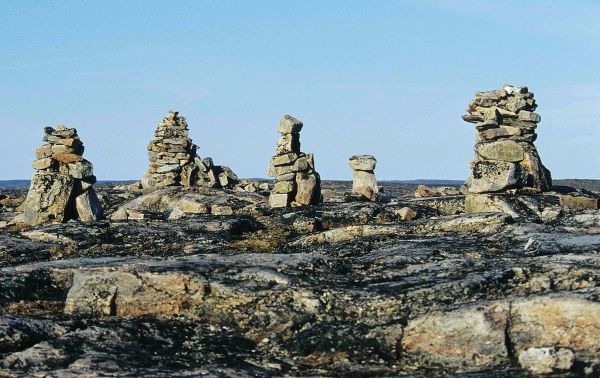
The inukshuk has spread far beyond Arctic cultures and into pop cultures, such as becoming the emblem of Canada’s Vancouver Olympics. They are beautiful features in rock gardens, and they can offer a feeling of calm. But the human-shaped inunnguaq is still often mistakenly called an inukshuk. Notice the difference between the Olympic emblem with its form and the shape of Nunavut’s emblem.
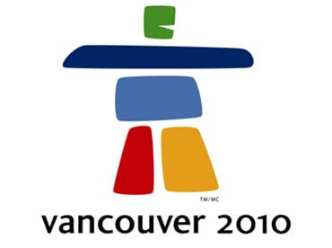
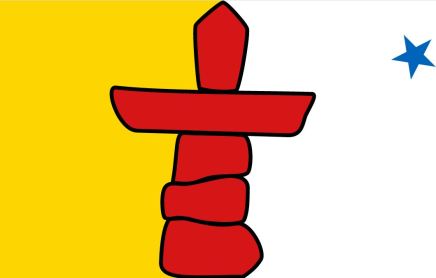
Let us not forget their important use and how helpful they are still today. So next time you have some stones, you’ll have to ask yourself, do I want to build an inukshuk or an inunnguaq?
Interested In Seeing The Arctic’s Inukshuk?
Are you interested in visiting some of Baffin Island’s beautiful inuksuit and inunnguat? Talk to our Arctic Travel Advisors to plan a trip to Baffin Island. Build a personalized itinerary where you can see highlights like the famous Inuksuk Point of Foxe Peninsula, Nunavut. Do you want to see The Hammer of Thor yourself, standing 3.3 metres (11 feet) tall? It feels like an Arctic Stonehenge. Talk to a travel advisor now!
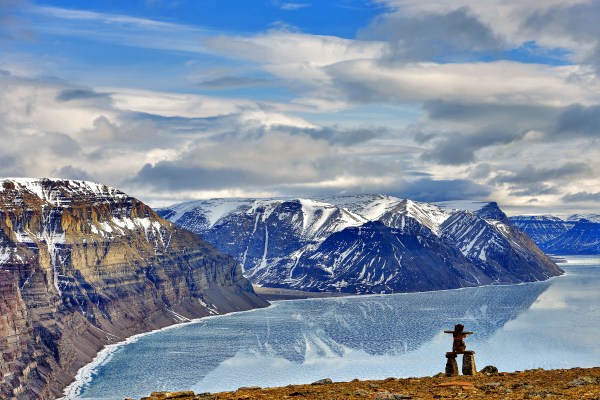
Experience The Arctic On A Safari
Get chances to view elusive Arctic wildlife and experience the majesty of the Arctic on safaris almost year-round. View all Arctic Safaris here.
Ready for adventure? Contact our Arctic Travel Advisors to book.
Are you still curious about the many wonders of the Arctic or looking for more interesting content then explore more blogs here!
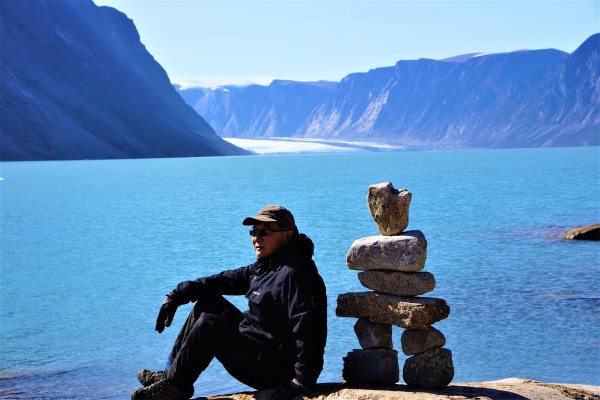
By: Mat Whitelaw

